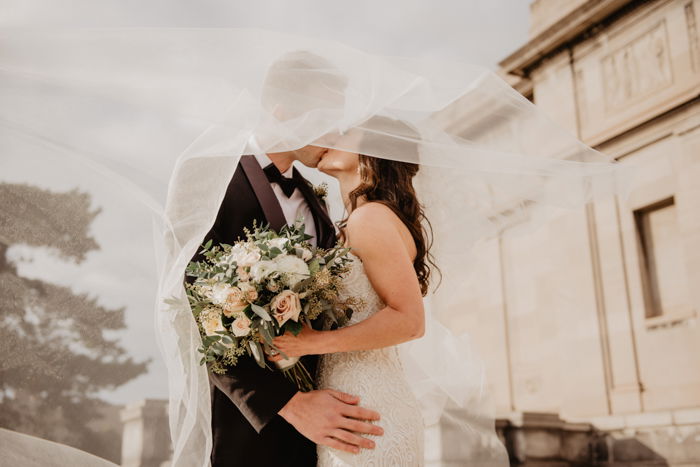Introduction: The Art of Food Photography
Food photography is not just about taking pictures of food; it’s about capturing the essence and beauty of culinary creations. Mastering this art requires a combination of technical skills, creativity, and attention to detail. In this article, we’ll explore some essential tips for mastering food photography and capturing delicious shots that will make mouths water.
Setting the Scene: Background and Props
One of the first steps in food photography is setting the scene. Choose a background that complements the colors and textures of the food you’re photographing. Consider using props like utensils, napkins, or fresh ingredients to add visual interest and tell a story about the dish.
Lighting: Natural vs. Artificial
Lighting plays a crucial role in food photography. Natural light can create soft, flattering shadows and highlight the colors of the food. When shooting indoors, consider using diffused artificial light or a softbox to mimic natural light and avoid harsh shadows.
Composition: The Rule of Thirds and Angles
Composition is key to creating compelling food photos. Use the rule of thirds to position your main subject off-center for a more dynamic composition. Experiment with different angles, such as overhead shots, close-ups, or 45-degree angles, to showcase the details and textures of the food.
Styling: Making Food Look Irresistible
Styling is all about making the food look as delicious as possible. Use garnishes, sauces, and props to enhance the visual appeal of the dish. Pay attention to the arrangement of elements on the plate and use complementary colors to create a harmonious composition.
Focus and Depth of Field
Achieving the right focus and depth of field is crucial in food photography. Use a wide aperture (low f-stop number) to create a shallow depth of field and blur the background, drawing attention to the main subject. Experiment with different focal points to highlight specific areas of the dish.
Color and Contrast: Enhancing Visual Impact
Color plays a significant role in food photography. Use vibrant, fresh ingredients to add pops of color to your photos. Consider the contrast between the food and the background to make the dish stand out and create visual interest.
Editing: Enhancing Your Photos
Post-processing can take your food photos to the next level. Use editing software to adjust exposure, contrast, and colors to enhance the overall look of the image. Be mindful not to over-edit and maintain a natural and appetizing appearance.
Feedback and Practice
Feedback is essential for improving your food photography skills. Share your photos with friends, family, or online communities to receive constructive criticism and valuable insights. Practice regularly and experiment with different techniques to develop your style and creativity.
Sharing Your Creations: Social Media and Platforms
Once you’ve mastered food photography, share your delicious shots on social media platforms or food photography websites. Use hashtags, engage with the community, and showcase your portfolio to attract potential clients or collaborators.
Conclusion
Mastering food photography is a journey that combines technical skills, creativity, and passion for food. By following these tips and techniques, you can capture mouthwatering shots that not only showcase the beauty of culinary creations but also evoke emotions and cravings in viewers. Keep experimenting, learning, and honing your skills to create stunning food photography that leaves a lasting impression. Read more about photographing food






